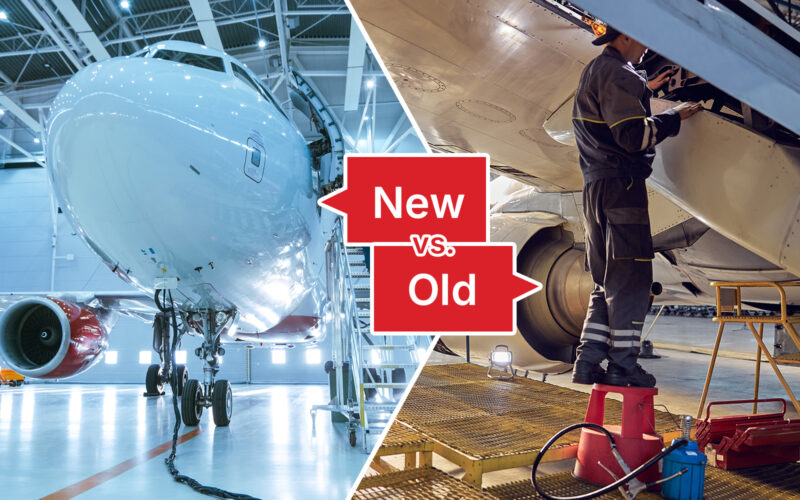The demand for air travel has never been higher than it is today, and consequently, the need has never been greater for airlines to equip their fleets, meet that demand and capitalize on it. But in the rush to get more planes flying, carrying passengers (and cargo), and earning revenue, the ever-present issue of safety and aircraft maintenance looms large.
Safety should underpin any commercial airline’s operation, from the smallest air taxi operator to the largest intercontinental mega carrier. Adherence to safety regulations and protocols means always maintaining those aircraft to a safe standard, regardless of cost. As the adage goes, ‘If you think aviation safety is expensive, try having an accident.’
Whether an airline is flying a freshly delivered Boeing 787 Dreamliner or a 20-year-old Airbus A320, every single aircraft needs to follow a schedule of maintenance throughout its service life. From replacing the smallest screw to a complete airframe strip down and overhaul, every aircraft requires regular engineering checks to ensure that its airworthiness (and hence, safety) is not compromised at any stage.
Additionally, every single maintenance event must be diagnosed, fixed, and recorded, and this needs to be done by a correctly certified organization.
Such a process must be facilitated through engineering support, hangarage, parts, labor, and expertise. However handling all this in-house comes at a considerable cost, and so an increasing number of carriers are outsourcing aircraft maintenance requirements to third parties. These organizations, known within the industry as Maintenance, Repair, and Overhaul (MRO) providers, allow operators to access such support services without incurring the fixed costs of providing them themselves.
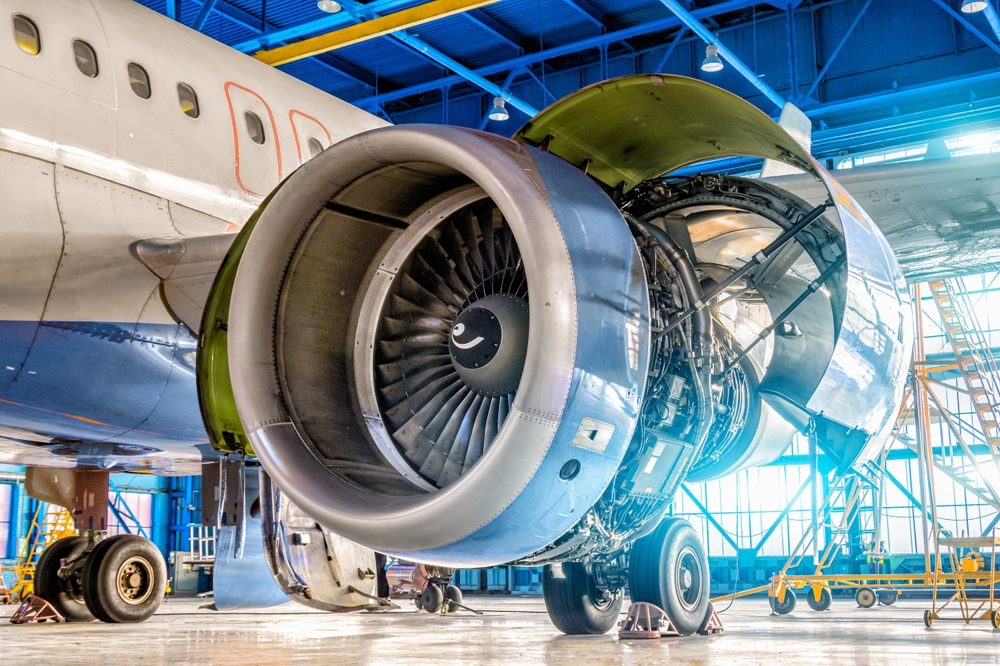
As the number of commercial aircraft in operation has risen, so the demand for MRO services has also taken an upward trajectory. Indeed, the MRO industry has never had it so good. Yet, as with anything relating to aviation, the demand for MRO services remains cyclical and subject to external factors such as economic recessions, health pandemics, and industry downturns, to name just a few.
In an industry that is currently enjoying a remarkable phase of business growth, it would be easy to assume that these halcyon days for MRO providers are here to stay. But with the factors responsible for this unprecedented increase in business set to change over the next decade, AeroTime examines the future trends that are set to shape the future development of the MRO industry.
The cyclical nature of the MRO industry
The COVID-19 pandemic had a huge impact on the global airline industry. Too few passengers, coupled with too many aircraft sitting doing nothing, pushed many operators to the brink of collapse. However, in the three years since the end of the pandemic, air travel has boomed, and airlines are now struggling with the opposite issue – that is, too many passengers and too few aircraft to carry them.
A study published by McKinsey in July 2024 showed that, after a period of negative growth during the pandemic, the volume of airline flights, measured in revenue passenger kilometers (RPKs), has already surpassed pre-pandemic levels. Overall, the growth rate for airline traffic in 2024 is forecast to be 4.2%, while long-range forecasts indicate that growth will continue to rise by 4.3% percent annually until 2034.
While the world’s planemakers and other Original Equipment Manufacturers (OEMs) have been trying to increase production rates to deliver more aircraft to customers, this strategy has backfired (in the case of Boeing, spectacularly so). Such companies now have huge order backlogs stretching out for many years ahead and they are struggling to meet their own delivery schedules.
With delays to engines and other vital components from suppliers reaching manufacturers, compounded with ongoing labor disputes, the airline industry is having to adjust to the prospect of keeping older aircraft in the air for longer, bridging the gap until newer replacements arrive later this decade – or in some cases, early the next.
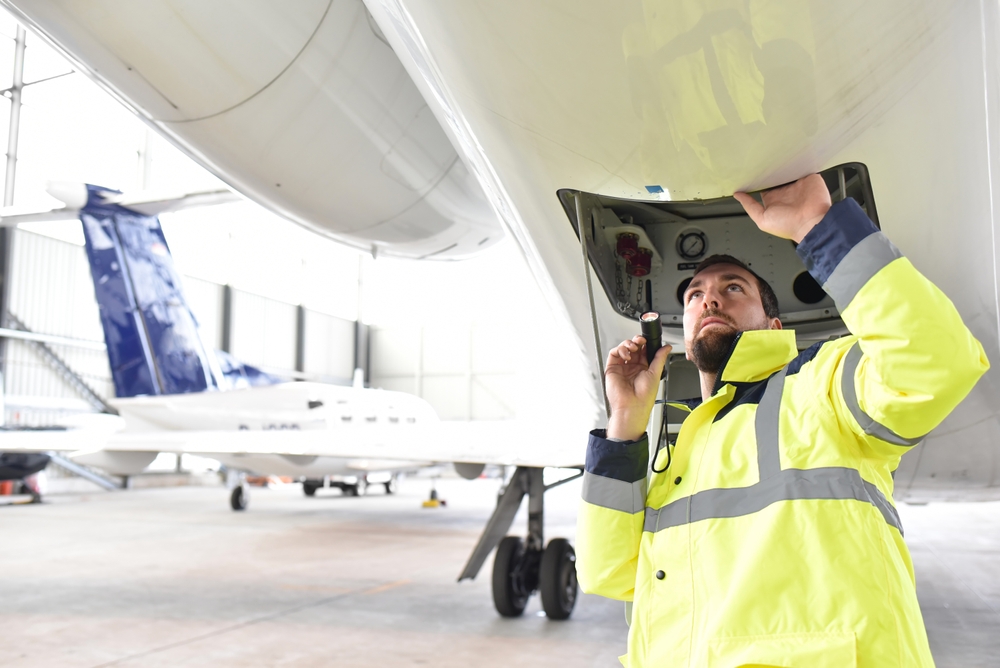
With fewer aging aircraft being retired, the supply of used serviceable materials (USMs) is getting tighter too, as there become fewer aircraft being parted out. This is driving up the cost of USMs and MROs which have specialist knowledge in this field and are benefitting from airlines relying on their expert knowledge and contacts.
Regardless of the growing need to keep older airframes safe and in the air for longer, though, can MROs continue to capitalize on this current trend, and if so, for how long? Moreover, as more new-generation jets with lower maintenance requirements come online to replace the older airframes over the coming years, could this shift have a detrimental effect on MROs?
Lengthening retention rates of older aircraft
McKinsey predicts that, between 2024 and 2034, the global fleet of commercial airliners will grow by 3.4% annually, as airlines equip their fleets to handle the growth being driven by the huge increase in travel demand.
However, as newer aircraft enter airline fleets and older, less reliable planes are retired between 2024 and 2034, the likelihood is that demand for MRO services will start to decline. Newer, more modern aircraft tend to be more reliable thanks to their use of cutting-edge technology, meaning that they require fewer maintenance checks than older airframes. With fewer older aircraft operating, the demand for maintenance services on such aircraft will also drop – a shift that will undoubtedly impact MROs.
Between 2024 and 2030, as these next-generation aircraft replace older models, McKinsey forecasts that MRO spending will slow to an annual growth rate of around 1.2%.
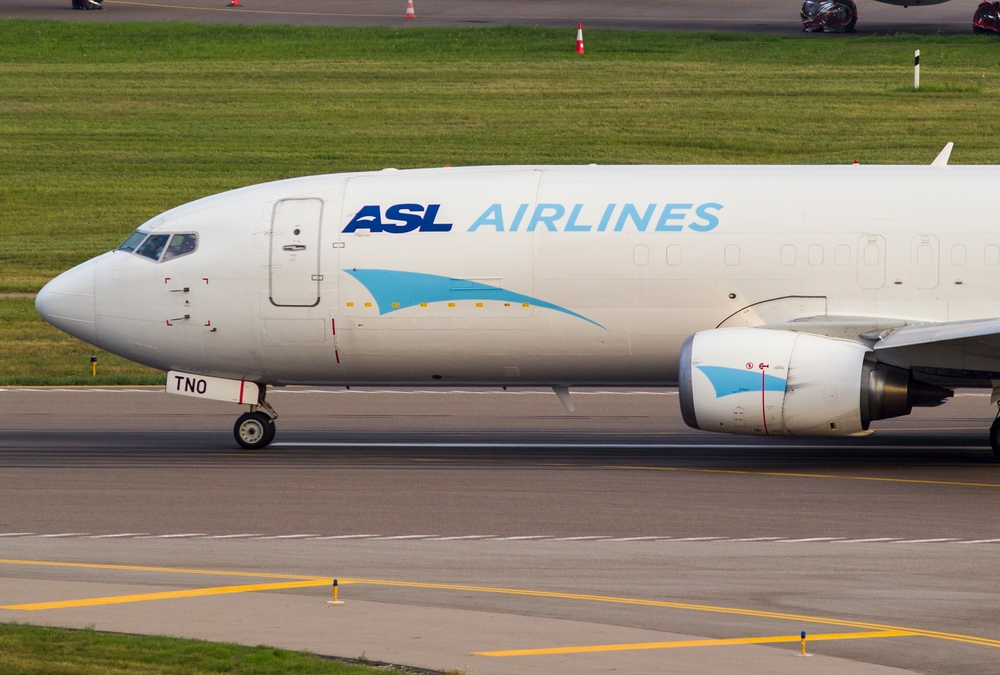
Even if delivery schedules can be stabilized to meet airlines’ expectations in the future, it remains likely that they will still not have enough aircraft to sustain their desired growth. This is due to the domino effect caused by the almost total shutdown of aircraft production lines during the pandemic, causing a lag effect that will take years to clear. This, coupled with the ongoing issue surrounding next-generation jet engines (Pratt& Whitney LEAP and Rolls-Royce Trent 1000) has exacerbated the already strained supply of new aircraft.
As such, then, airlines will be bound to retain older aircraft in their fleets for longer. Analysts have estimated that aircraft retirement rates of commercial aircraft will be around 24% percent lower from 2024 through 2026, compared to the period between 2020 and 2019. This will be music to the ears of MRO providers – for now, at least.
New aircraft replacing older fleets
However, this boom time is not set to last, according to those same analysts. Higher-than-average fleet ages, plus the resulting increase in maintenance requirements for those older aircraft, are not expected to persist indefinitely. Towards the end of this decade, as supply chain issues are resolved and aircraft production rates rise, aircraft retirement rates are forecast to return to pre-pandemic levels, at around 2.7% of the global fleet annually. Overall, by the end of the decade, the average commercial aircraft age is predicted to settle back to around 12.3 years.
A crucial point to note about the incoming next generation of aircraft is that overall, the average capacity per aircraft is on the rise. Potentially, this means that fewer aircraft will be required to fly the same number of passengers from A to B (generally speaking). However, not only will these planes be larger overall, but they will also offer extended-range capabilities never seen before in commercial aircraft.
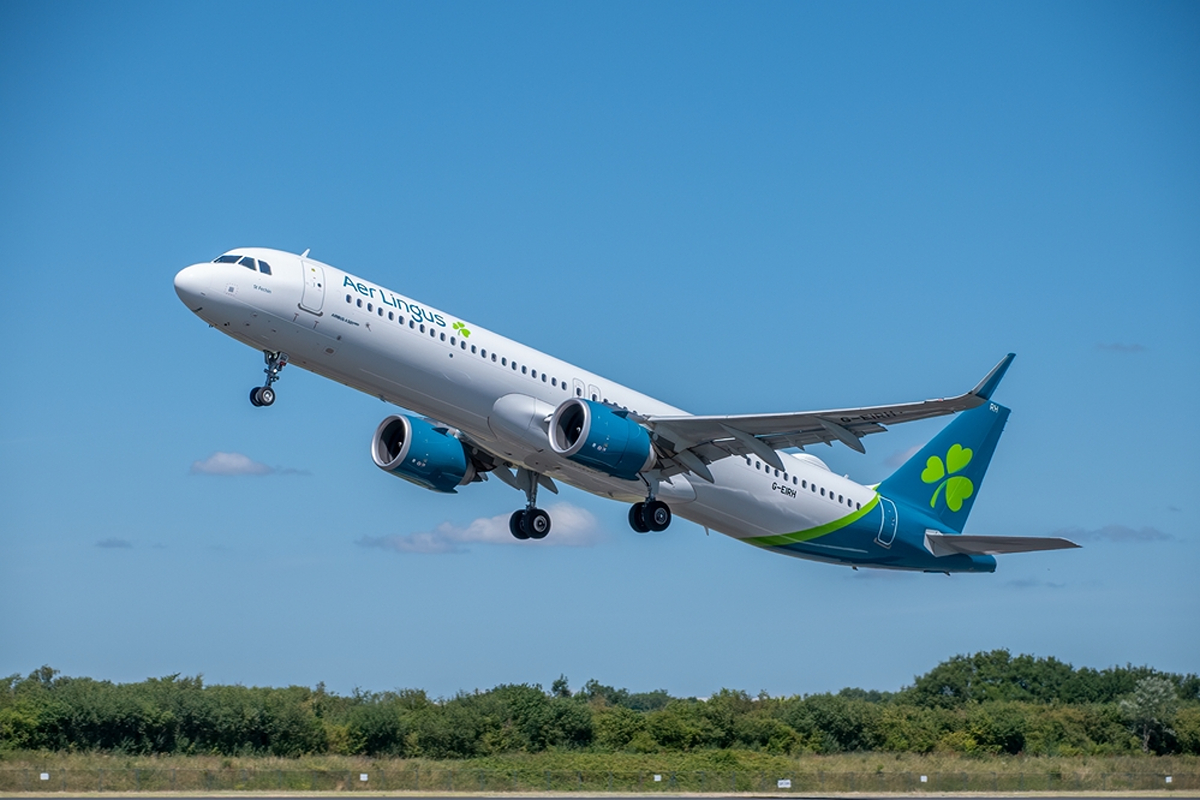
This is an important consideration for MROs, as long-range can mean fewer sectors per airframe. Fewer sectors mean fewer take-off and landing cycles, the phases of flight that put the most strain on an airframe. Conversely, higher cycles result in a higher maintenance requirement for components such as landing gears (brakes, wheels, and legs), plus flap mechanisms.
When airplanes perform fewer cycles, the frequency of overhauls reduces which results in fewer shop visits. Ultimately, the integration of more long-range aircraft into airline fleets is sure to have a trickle-down effect on MRO providers.
Challenges with supply chains will ease
In recent months, the leading aircraft manufacturers have been seeing production rates drop as bottlenecks in the supply chain, as well as issues with obtaining key components, have worsened. This has led to order books stretching far beyond 2030, as manufacturers battle to clear the huge order backlogs that have accrued in the immediate post-pandemic period. In the meantime, aircraft retirement rates will reduce to their lowest level in decades, as older airframes are retained.
However, industry analysts forecast that these supply chain issues will ease by around 2026 and 2027 and that plane manufacturers will gear up production rates as soon as they can do so. Therefore, from 2024 onward, total annual aircraft deliveries are expected to rise by 4% annually, as the manufacturers work hard to clear their order backlogs and remain on schedule. After all, for every aircraft delivered late, the longer the manufacturer must wait to be paid, which has a detrimental impact on their cash flow.
Lower maintenance requirements
Composite materials are being used to an increasing degree in main aircraft structures such as fuselages, wings, and engines. These are considered to be far more durable and dependable than their steel or aluminum alloy counterparts.
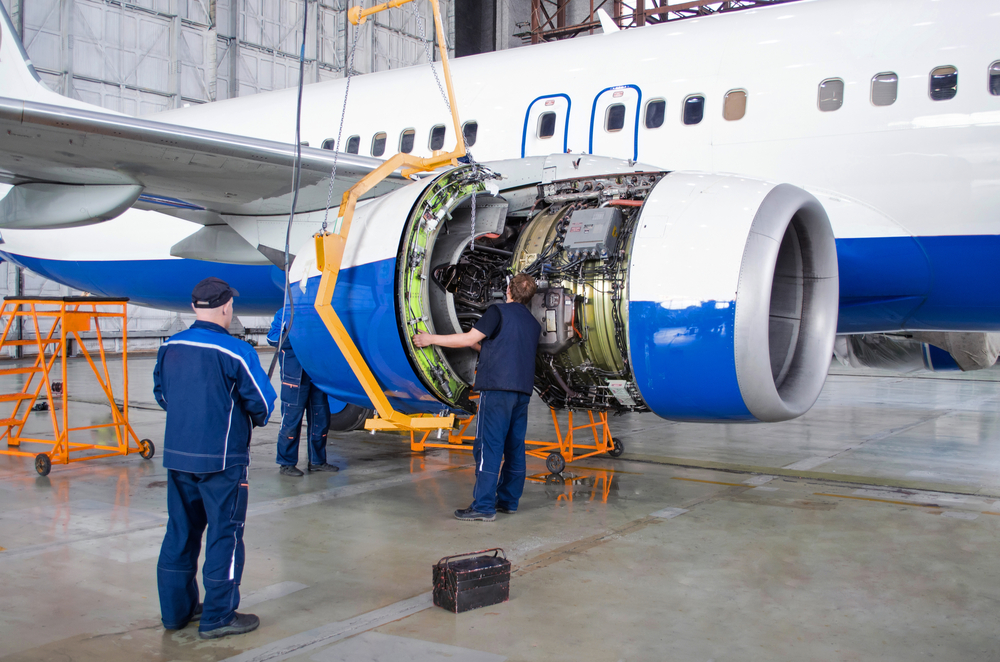
As such, it is widely expected that tomorrow’s aircraft will require less maintenance and less frequent heavy checks, which in turn will affect the amount of such business handled by MROs specializing in these areas.
Fewer passenger-to-freighter conversions
Air cargo is one area that has become particularly lucrative for MRO providers in recent years. During the pandemic, as passenger planes were grounded, the freight-only airline came to the fore, as people switched to e-commerce for their essentials and luxury goods, plus deliveries of vaccinations and protective equipment ramped up. Some airlines even began using their passenger planes as freighters, filling the rows of empty seats with boxes of commodities and medical equipment.
To meet the surging demand for air cargo, not only did cargo airlines keep already aging aircraft in service longer, but they also relied more heavily on passenger-to-freighter (P2F) conversions. This process saw older passenger planes being converted to dedicated freighters, having large side cargo doors added and their floors strengthened.
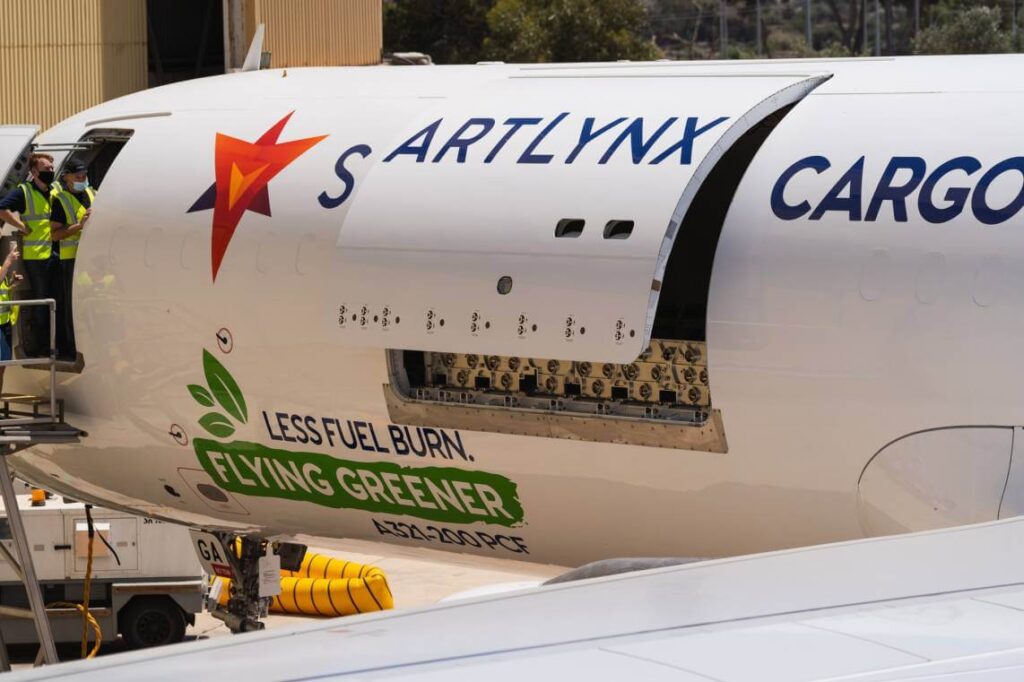
In the years since 2020, the P2F market has surged, with the A321P2F and A330P2F becoming particularly attractive to carriers retiring older Boeing 737-400Fs and 757-200Fs. But while MROs specializing in such conversions have seen orders balloon in the past few years, this trend is not likely to last.
The carriage of cargo in the belly-holds of passenger aircraft has recovered since the pandemic and has now surpassed previous levels. Equally, the demand for air cargo capacity has become more volatile, with early indications showing that the demand for P2F conversions is already beginning to tail off.
This will mean that MROs specializing in this work risk being over-capacity if they cannot adapt their business to other areas of MRO activities. Only a couple of years ago, the scramble to get into the P2F market was rising unabated. Now, the slow-down in this market is already underway as it begins to shrink and new orders for P2F conversions slow to a trickle.
What does this all mean for MRO providers?
As stated at the beginning of this article, MRO providers have never had it so good and are currently expanding and benefiting from the surging demand for their services. The prevailing market conditions in global aviation dictate that continued MRO growth is assured from 2024 through 2034 when analysts predict the industry will be worth $135 billion annually at today’s prices.
This growth will be driven primarily by the high demand for maintenance on older aging fleets of commercial aircraft, for the aforementioned reasons. Over the longer term, however, MRO growth will start to plateau due to the impact of an increasing retirement of older aircraft as newer, more technologically advanced aircraft are delivered to airlines and the manufacturers’ order backlogs start to clear.
Additionally, as these older aircraft reach the point where they require expensive and lengthy ‘C’ and ‘D’ heavy maintenance checks, their owners may simply deem it not economically viable to keep them in the air.
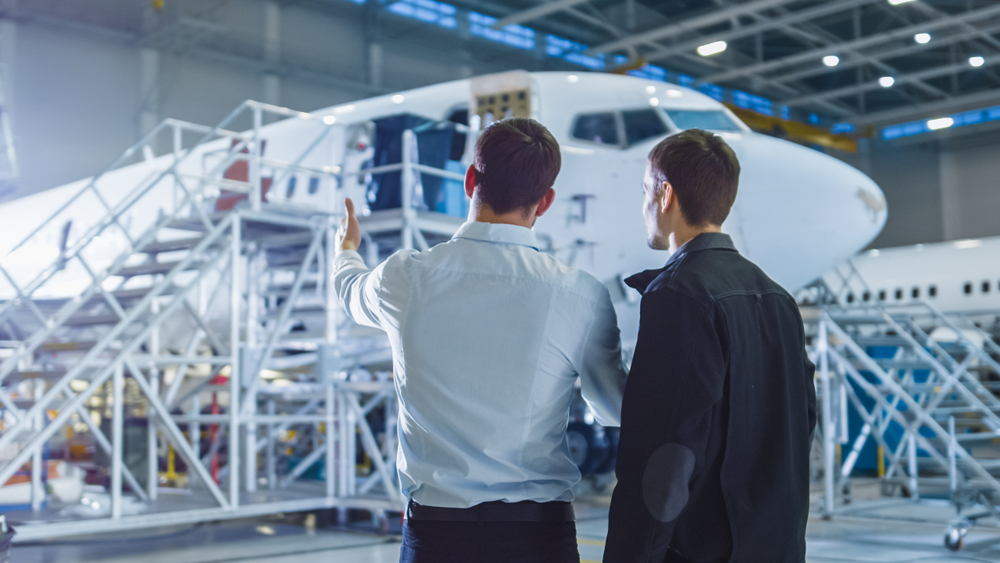
The introduction of next-generation aircraft is also likely to affect spending on MRO services, despite the overall size of the global fleet increasing. This is due to increased reliability, better technology, and in some cases longer stage lengths and fewer take-off and landing cycles, all of which require less frequent maintenance inputs.
Additionally, the growing use of composite structures and other innovative technologies resulting in fewer maintenance checks will begin to bite for MROs as new aircraft replace the older ones still in service. Once the current next-generation jet engine teething issues are overcome, this is likely to negatively impact MROs even further.
According to industry forecasts, the Asia–Pacific region is predicted to remain the largest MRO market over the next decade, increasing by 0.8 percent annually from 2024 to 2034. By that point, it is forecast to account for 32% of the global MRO market. Elsewhere, Europe and North America are both expected to maintain shares of around about 25%, with annual growth rates of 1.5 percent and 1.4 percent, respectively.
Conclusion
It is clear that today’s MRO providers are right to be focusing on the maintenance and repair of the aging global commercial airline fleet. After all, this is currently the area of highest growth and thus is where the highest revenues can be earned.
That said, MROs also need to keep one eye on the future and the never-ending changes and fluctuations in the aircraft market, both new and used planes already in service. The over-reliance on the servicing of aging jets and building up of expertise in the P2F sector would be unwise for the reasons already set out, plus new trends that are already beginning to appear on the horizon.
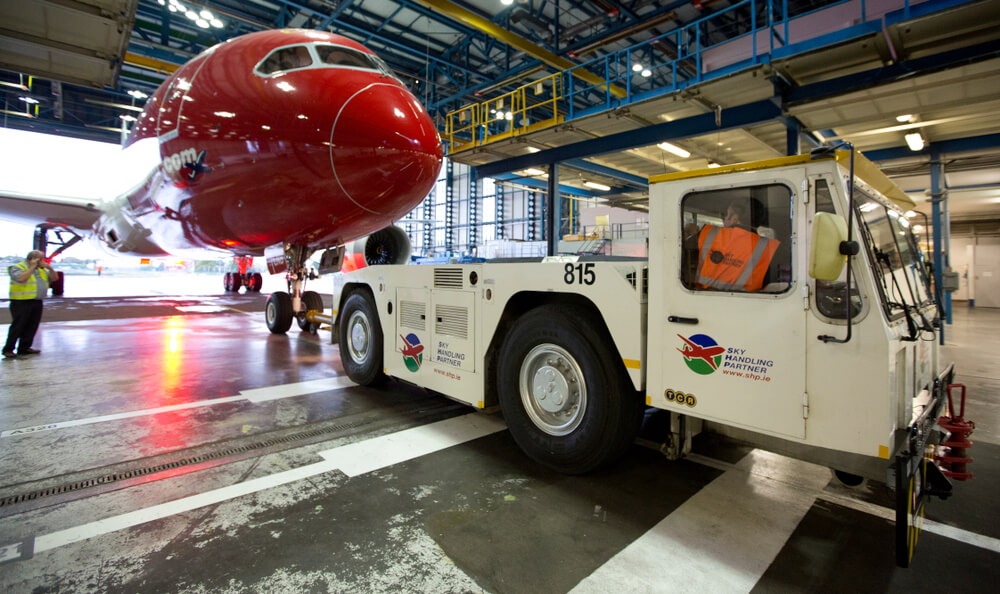
To future-proof their businesses, it would be prudent for today’s MROs to develop and broaden their capabilities to maintain the aircraft of the future. This will include developing expertise across all the next-generation aircraft with their new technology engines, which are to be built using a large degree of composite materials.
The whole market dynamic for MROs is changing. The servicing of older aircraft, currently bread and butter for many MROs, will in due course be replaced by a need to service a growing global fleet of newer, higher-technology planes. As this transitional process begins to take place over the coming years, the rewards will be there for those MROs who are best prepared to meet this change. However, those who are not risk being left behind as the industry moves on without them.

